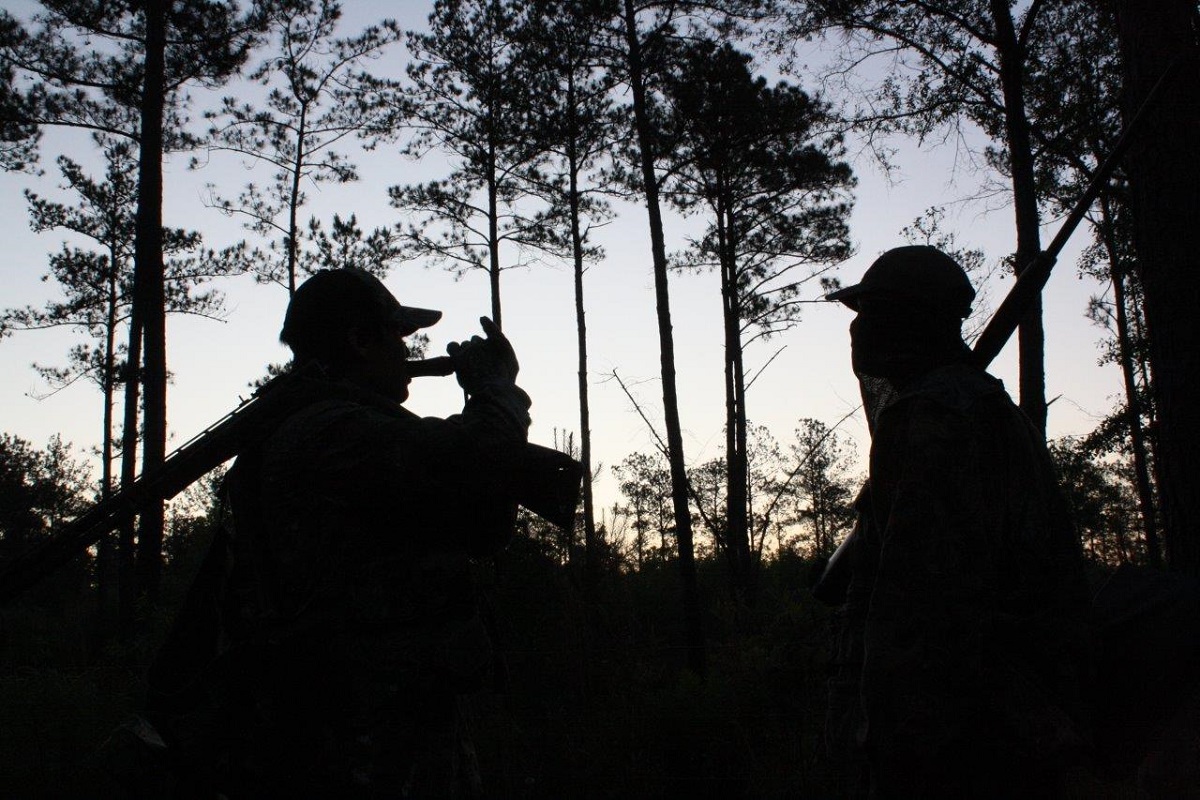By: Randy Tucker
My dad called it the most expensive meat you could eat. He was speaking of doves. Serious dove hunters … wait a minute, there are no serious dove hunters; dove hunting is the introduction to fall in the wilderness, an introduction that begins in the dog days of late summer.
In the Rocky Mountain West, you can feel the imminent arrival of autumn, with the inevitable eternity of winter in the cool, crisp, mornings that begin to arrive as early as the final weeks of July and are evident by August. Yes, the daytime temperature can reach 100, but those days start with cool, dry, pre-dawn temps in the high 40s.
Living a mile above sea level has its advantages and disadvantages when it comes to late summer and early fall. Doves begin lining up on power lines, on the top of barbed wire fences, and on the ridge lines of sheds and shops across the west. A similar, albeit non-sporting sight, is the gathering of turkey vultures for their winter trek to warmer climates, usually in mid-August. Many a spectator has grown alarmed by the circling behavior of dozens of these buzzards above their properties. No, the Comancheros don’t have Matt or Festus staked out in the desert, it’s just the natural state of affairs in the life cycle of these most necessary scavengers. They only gather for a few days before largely disappearing for the remainder of the year. Not so with doves.
Doves congregate for the same reasons, but you can find doves individually and in small groups, during most warm months of the year. With the approaching end of summer, these solitary birds, and small units gather in bunches of hundreds, and sometimes thousands. Dove season is usually just a chance to get a little live target practice on small, fast, difficult-to-target birds. Which is why my dad called dove the most expensive meal you could put on the table.
There are a couple of ways to hunt doves. One is from a blind with decoys, similar to hunting waterfowl such as mallards, teal, or Canada geese. The second hunting style is jump shooting. I prefer the jump shooting method. It gets you out and about on those wonderful, high-altitude mornings and afternoons that dominate the final summer days of Wyoming, Montana, and the Dakotas.
I’ve used a variety of shotguns to hunt these little darting speed demons, my Remington 870 12-gauge, an Iver Johnson single-shot .410, my Stoeger over and under 16-gauge, and my dad’s 870 20-gauge. I’ve taken birds with all of them, but my favorite is the over/under Stoeger with 2 ¾ inch 16-gauge shells loaded with 7-shot lead pellets. As the locals often tell me, “That’s a dove getting son of a gun you’ve got there. The Stoeger is light enough to track easily, has the advantage of the over/under sighting ability, and has great range in 16-gauge without the destructive pattern you often get with a 12-gauge shot on a small bird.
One afternoon, on a friend’s farm north of Riverton, Wyoming, I took my 14-year-old son Brian out to jump shoot along a two-track road between a couple of barbed wire fences. I walked the west side, Brian the east. He had his grandfather’s 870 20-gauge that afternoon and took quite a few birds. The kid is a great shot with any firearm, but he’s especially adept with a shotgun. I had my Stoeger.
We walked at a leisurely pace through sunflowers, drying milkweed pods, and western wheatgrass that lined the fences. Birds jumped 20 to 30 yards in front of us for easy shooting. As our vests filled with birds, we were having one of those fabulous, father-and-son experiences that make America such a great place to live.
The road took a right angle, and I had the wide walk with Brian just turning right on a corner post. Just a couple of steps after he turned, I heard a huge rustling sound and looked back just in time to see him stumble back a few feet, losing his cap in the process, as a hen turkey flushed right at him.
Turkeys were extremely rare in this area of Fremont County. The ones we knew of lived along Wind River, but this hen was miles from water and a huge surprise. Yes, it was a memorable day in the farm country that we call home.
My best day as a dove hunter came years before. I was in my 20s when I filled my 15-bird limit in just 23 shots. That’s a pretty good day for any dove hunter and an exceptional one for me. I’ll admit the percentage was that high because I had a pair of doubles and one triple that afternoon in Niobrara County near the Wyoming/Nebraska border. Single, double, or triple, it all counts in a total when you’re after the most expensive meat in America.
Randy Tucker is a retired history teacher and freelance writer from western Wyoming. He has a lifetime of experience in farming, ranching, hunting, and fishing in the shadow of the Wind River Mountains. Contact him at [email protected].

